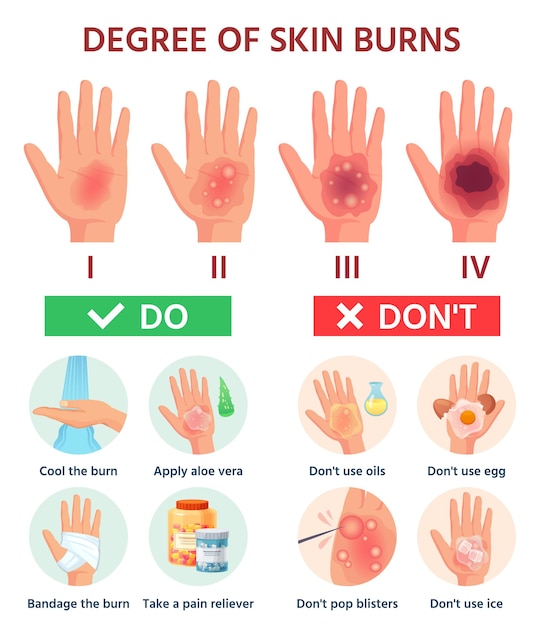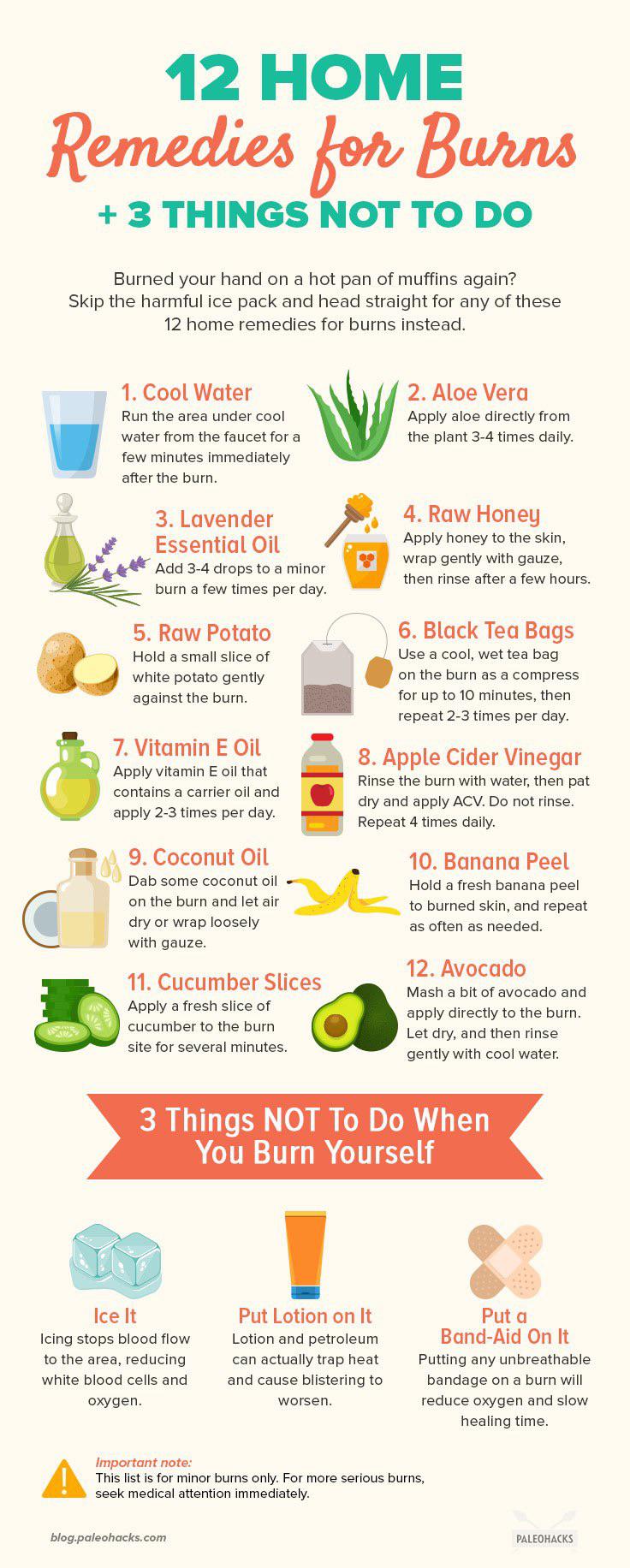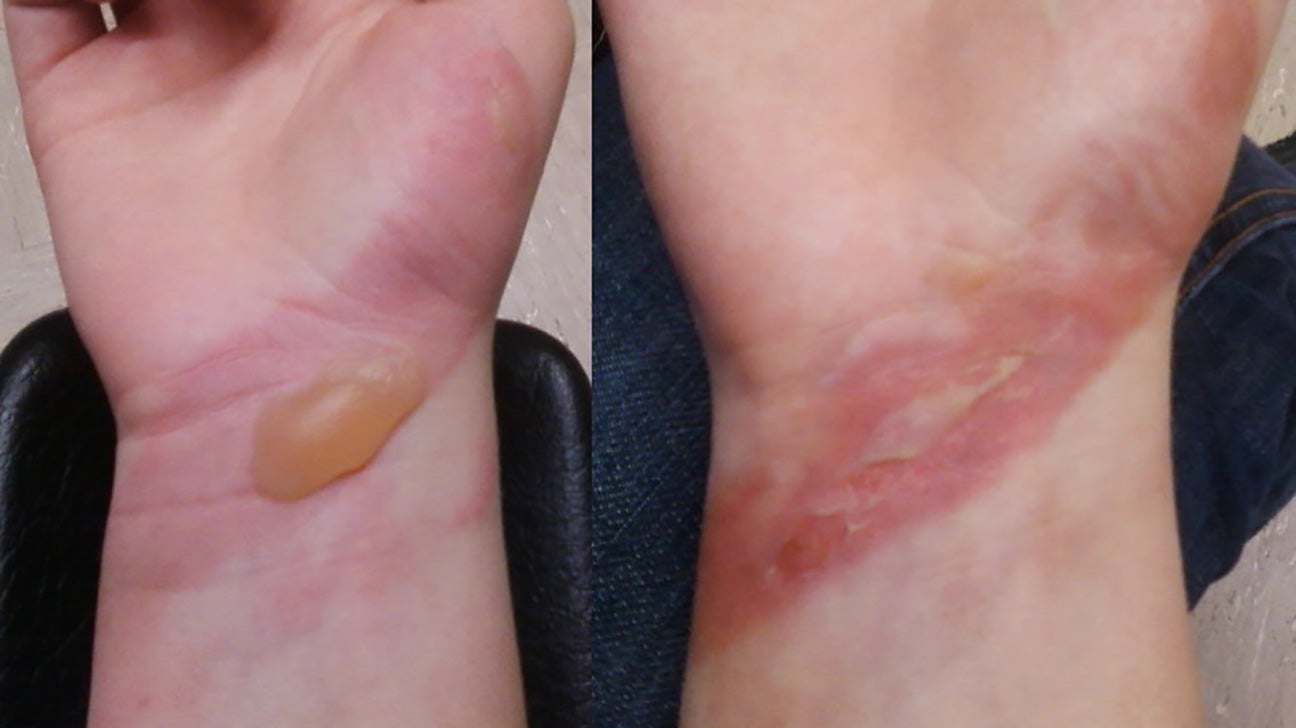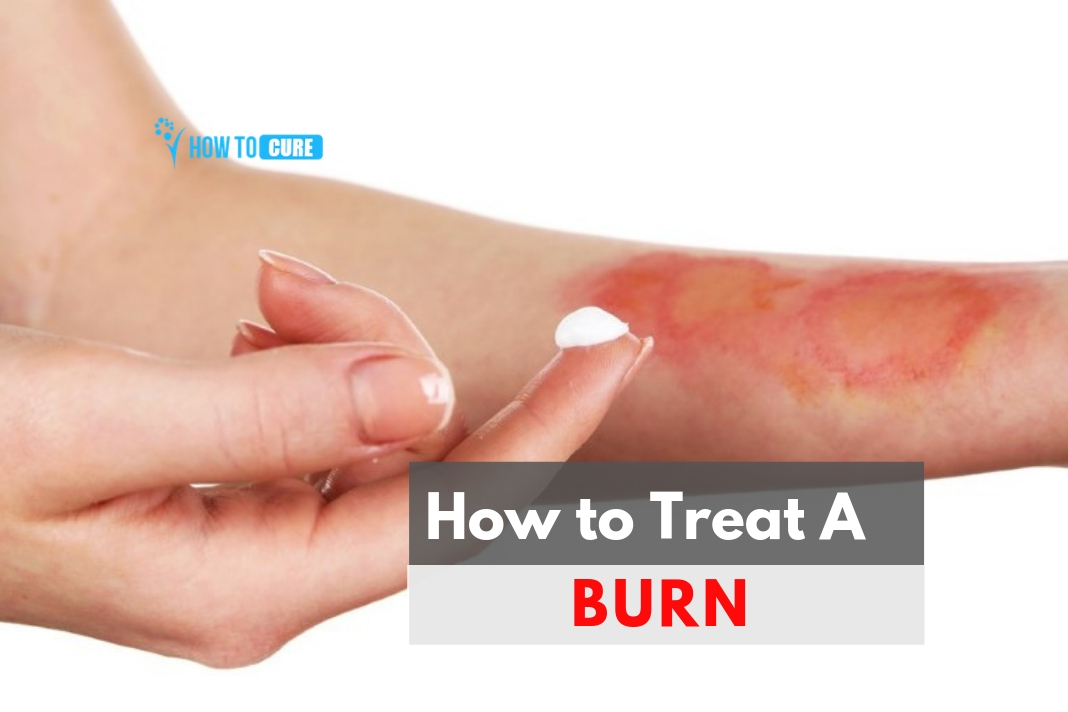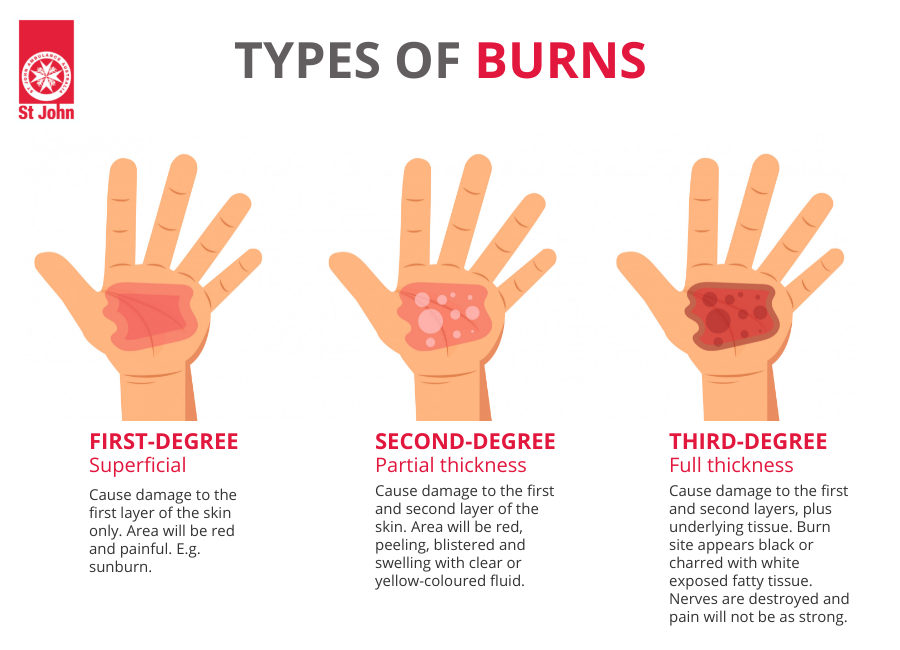Brilliant Strategies Of Info About How To Treat An Ice Burn
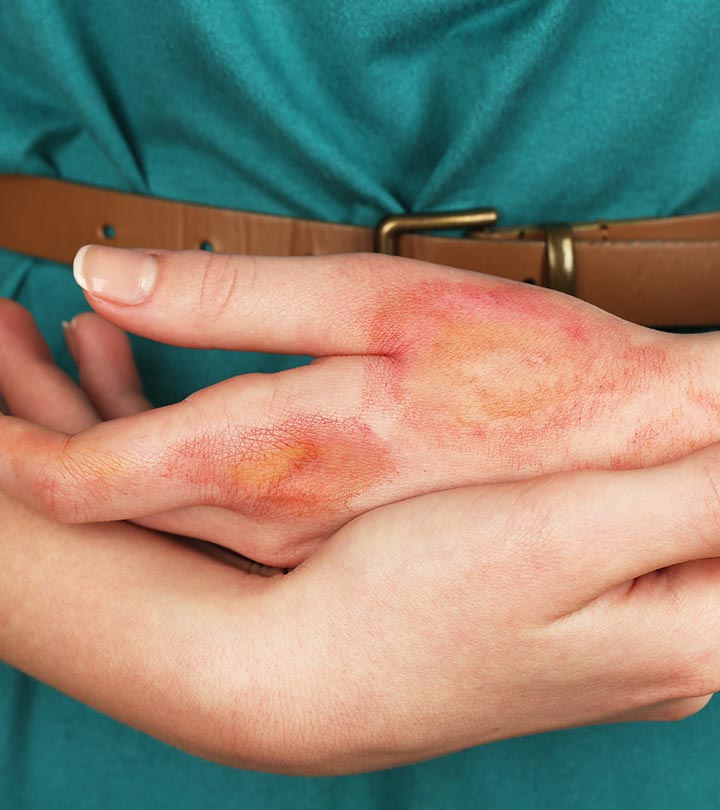
Cool water the first thing you should do when you get a minor burn is run cool (not cold) water over the burn area for about 20 minutes.
How to treat an ice burn. Use bag of frozen vegetables for sensitive or aging skin to lessen the risk of ice. How do you prevent ice burns? Ice burn remedies to bring your skin temperature back to normal, soak the burned area in warm (not hot) water.
Soak the affected area in. By mayo clinic staff burns are tissue damage from hot liquids, the sun, flames, chemicals, electricity, steam and other causes. In search of cool relief, you reach for an ice pack.
To treat an ice burn, remove the source of cold and slowly warm your skin to bring it back to its normal temperature. How long do ice burns take to heal? Wrap it in a towel or a thin cloth.
Cool the burn under cold running water for at least 20 minutes. Natural remedies such as aloe vera, vaseline, and cool compresses can also provide relief. Most small burns will heal themselves in 10 to 12 days.
Treat the pain from a burn with paracetamol or ibuprofen. When should you see a doctor? How to treat burns and scalds?
If your affected area has started displaying symptoms of an ice burn, here’s what you need to do: Soaking the affected limb in warm water, using warm compresses or wrapping yourself in blankets can gradually restore feeling to your ice pack burn. Avoid applying it directly on the skin;
Follow these actions to treat a burn from ice immediately after the injury: Children under 16 years of age. Remove the item causing the injury or get away from the cold source.
The sooner and longer a burn is cooled with cold. Flush the burned area with cool running water for several minutes. Use small sized ice pack.
Water from a boiling pot splashes onto your arm. Mild sunburn is an example. Learn how to treat an ice burn with this guide from wikihow:
If the burn does not have any blisters or broken skin, such as sunburn , a simple. Cooling the burn will reduce pain, swelling and the risk of scarring. But that’s the last thing you should do, says angela gibson, md,.


